Top Tips for Waterproofing Your Basement

If your home has an underground structure such as a basement, it’s important to make sure you’re not going to have any problems with damp. While this is generally something for an expert to take care of, as a homeowner, you yourself can take a look and see if there are any issues. In the following article, we’ll tell you everything you need to know about waterproofing your basement and other underground spaces that can be susceptible to damp.
Water damage in basements
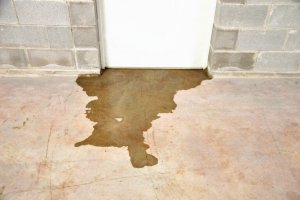
Basements can be used for all different kinds of things, from storage rooms to games room, and even garages where you can keep your car. These spaces, which usually run under the entire house, are often at greater risk of water damage. This is especially true in cities, areas with heavy rainfall, homes near large water sources, or properties built on soil.
When it rains or snows, the earth releases any excess water, and this humidity makes it way through the walls and floors down to the basement.
If your basement has problems with damp, the first thing you’ll notice are dark (mold) patches and flaking paint. But this is more than simply a question of aesthetics: damp homes are more at risk of collapse, insect infestations (such as termites) and even toxic gas leaks.
How to waterproof your home and basement
So, the first thing you’ve got to do is try to stop water coming into your home. There are several things you can do to successfully waterproof your basement.
1. Change your drains
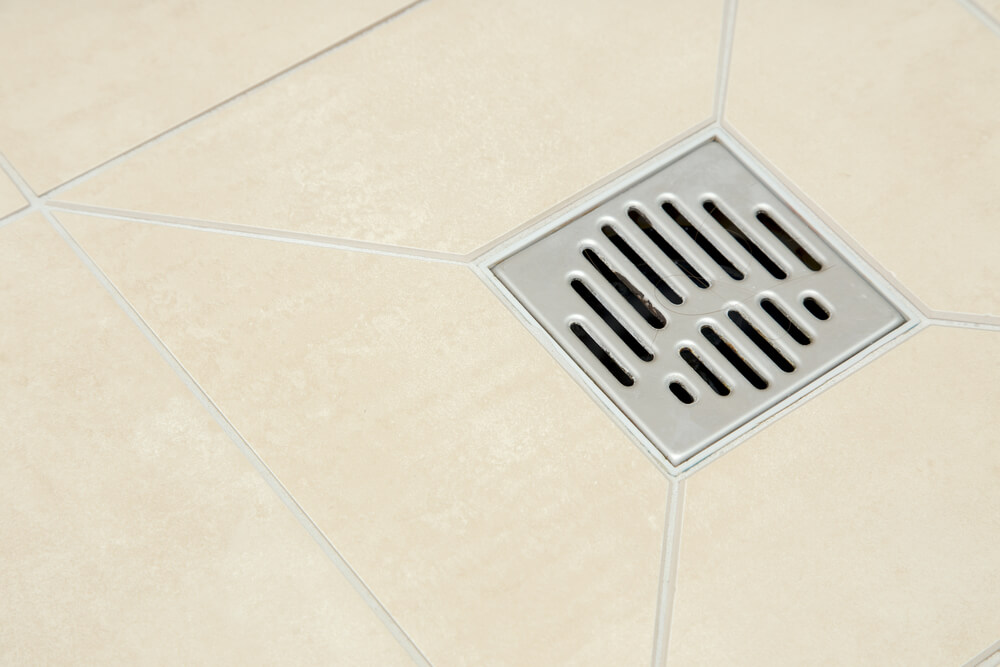
The first thing you have to do is get rid of any old or broken drains. If they don’t allow the water to drain away properly, they can lead to damp getting into your basement. If your drains are really short, water won’t drain away and will build up in your walls and floors instead.
2. Install gutters
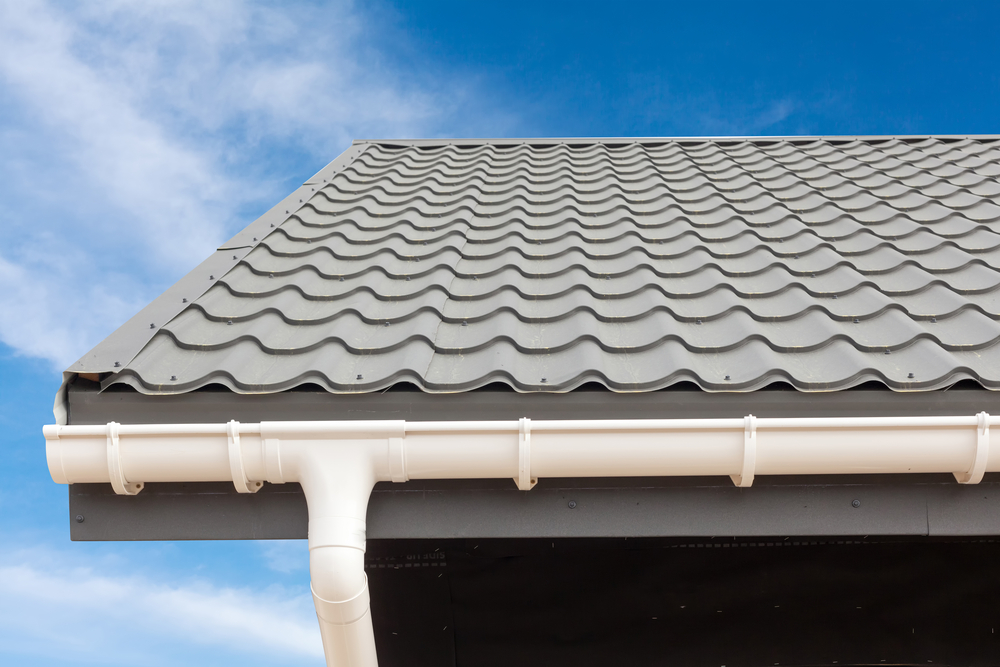
Gutters need to be installed properly so that they direct rainwater or melted snow away from the walls of your home (and away from your basement). You also need to make sure that the place the water runs to has good drainage, so it doesn’t just sit in puddles.
3. Dig shallow irrigation ditches
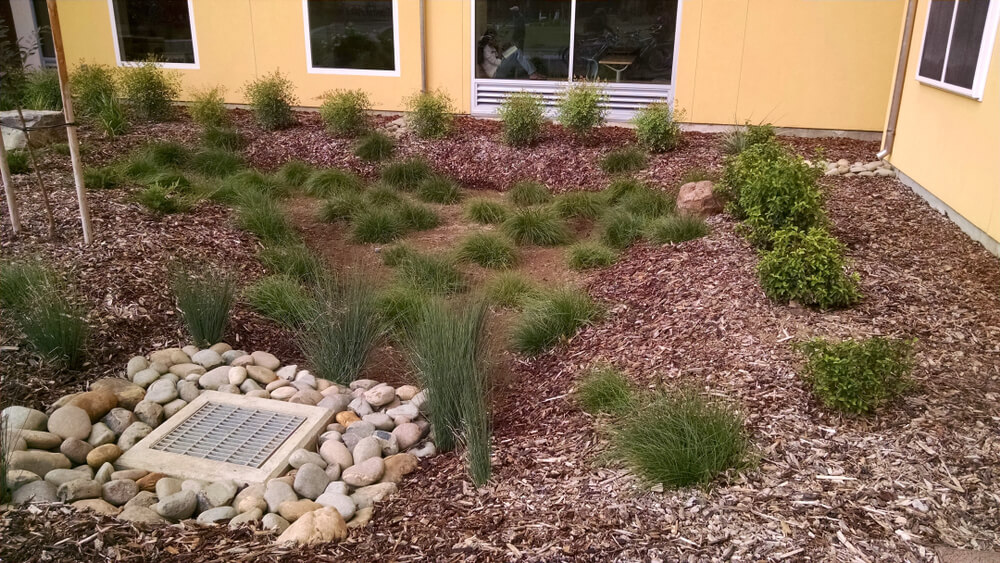
Irrigation ditches – known as swales – are often used to help water drainage on hillside properties.
4. Repair any cracks or holes

Your basement won’t be completely waterproof until you’ve also taken care of the other rooms in your house. Make sure there are no cracks or holes where water can get in. If necessary, change the furniture around so you can get a good look at every inch of your walls.
Once you’ve identified any cracks, the next step is to seal them with epoxy resin and latex cement. This waterproof formula will prevent any excess humidity from getting into your basement.
5. Apply sodium silicate sealant in your basement
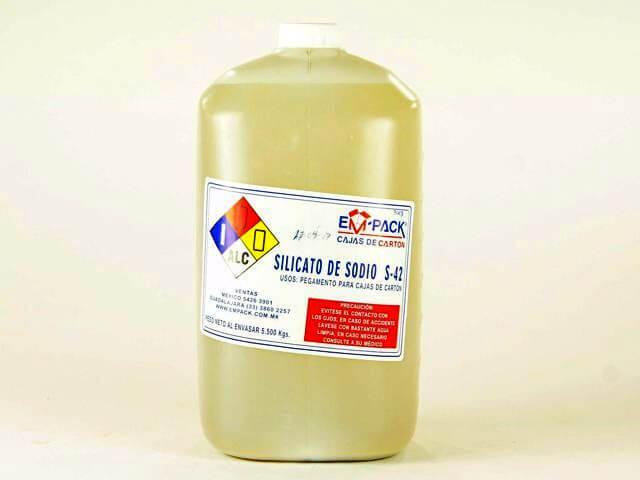
Both your walls and floors need to be waterproof if you want your basement to be truly damp free. One great product you can use is sodium silicate, which creates a solid seal on any surface, filling in cracks and covering any pores that aren’t visible to the naked eye.
Further advice for waterproofing your basement
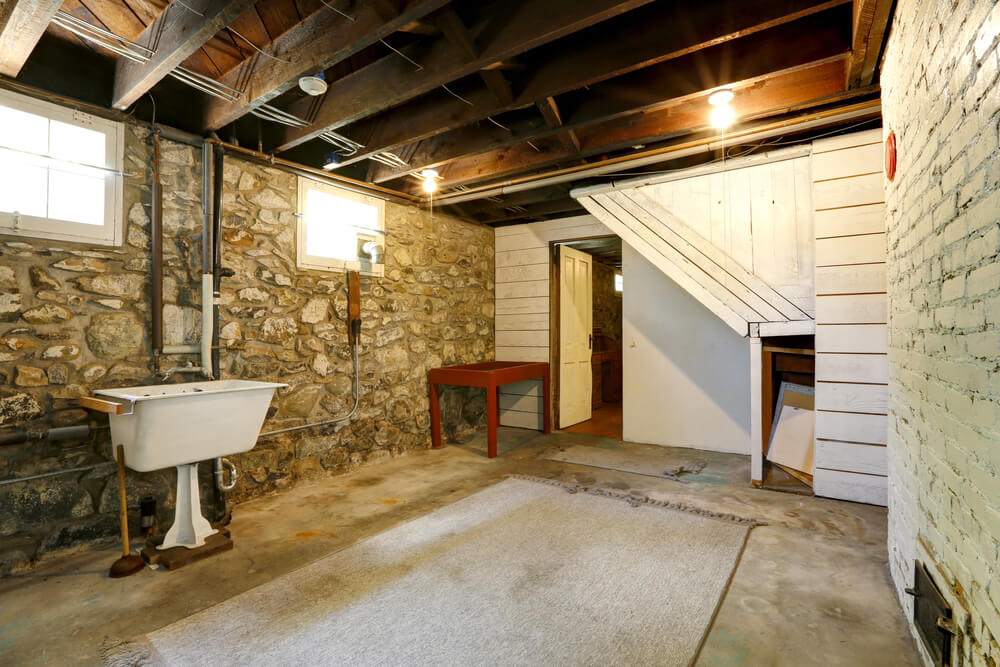
If your basement is made of brick or concrete blocks, there are many reasons why it might be damp. If water is building up in sediment in the walls, the blocks can start to break down, often very quickly. To stop this, you need to cover the interior of your walls with a special waterproof seal which will keep out any water, as well as salt or other substances.
The first step is to chip off any paint or wall lining. Even if you can’t see any signs of damp, it might be hidden behind the paint. Next, rub down and wash the walls so that the surface is as clean as possible.
If there are any leaks, you could make a hole where the water is coming in and then seal it up again properly. Another option is to remove the mortar around any defective bricks and replace it. Whichever method you go for, you’ll need waterproof cement, specially designed for basements. Once it’s dry, you can sand it down and paint it in a color you like. And at last you can finally say goodbye to damp!
If your home has an underground structure such as a basement, it’s important to make sure you’re not going to have any problems with damp. While this is generally something for an expert to take care of, as a homeowner, you yourself can take a look and see if there are any issues. In the following article, we’ll tell you everything you need to know about waterproofing your basement and other underground spaces that can be susceptible to damp.
Water damage in basements

Basements can be used for all different kinds of things, from storage rooms to games room, and even garages where you can keep your car. These spaces, which usually run under the entire house, are often at greater risk of water damage. This is especially true in cities, areas with heavy rainfall, homes near large water sources, or properties built on soil.
When it rains or snows, the earth releases any excess water, and this humidity makes it way through the walls and floors down to the basement.
If your basement has problems with damp, the first thing you’ll notice are dark (mold) patches and flaking paint. But this is more than simply a question of aesthetics: damp homes are more at risk of collapse, insect infestations (such as termites) and even toxic gas leaks.
How to waterproof your home and basement
So, the first thing you’ve got to do is try to stop water coming into your home. There are several things you can do to successfully waterproof your basement.
1. Change your drains

The first thing you have to do is get rid of any old or broken drains. If they don’t allow the water to drain away properly, they can lead to damp getting into your basement. If your drains are really short, water won’t drain away and will build up in your walls and floors instead.
2. Install gutters

Gutters need to be installed properly so that they direct rainwater or melted snow away from the walls of your home (and away from your basement). You also need to make sure that the place the water runs to has good drainage, so it doesn’t just sit in puddles.
3. Dig shallow irrigation ditches

Irrigation ditches – known as swales – are often used to help water drainage on hillside properties.
4. Repair any cracks or holes

Your basement won’t be completely waterproof until you’ve also taken care of the other rooms in your house. Make sure there are no cracks or holes where water can get in. If necessary, change the furniture around so you can get a good look at every inch of your walls.
Once you’ve identified any cracks, the next step is to seal them with epoxy resin and latex cement. This waterproof formula will prevent any excess humidity from getting into your basement.
5. Apply sodium silicate sealant in your basement

Both your walls and floors need to be waterproof if you want your basement to be truly damp free. One great product you can use is sodium silicate, which creates a solid seal on any surface, filling in cracks and covering any pores that aren’t visible to the naked eye.
Further advice for waterproofing your basement

If your basement is made of brick or concrete blocks, there are many reasons why it might be damp. If water is building up in sediment in the walls, the blocks can start to break down, often very quickly. To stop this, you need to cover the interior of your walls with a special waterproof seal which will keep out any water, as well as salt or other substances.
The first step is to chip off any paint or wall lining. Even if you can’t see any signs of damp, it might be hidden behind the paint. Next, rub down and wash the walls so that the surface is as clean as possible.
If there are any leaks, you could make a hole where the water is coming in and then seal it up again properly. Another option is to remove the mortar around any defective bricks and replace it. Whichever method you go for, you’ll need waterproof cement, specially designed for basements. Once it’s dry, you can sand it down and paint it in a color you like. And at last you can finally say goodbye to damp!
All cited sources were thoroughly reviewed by our team to ensure their quality, reliability, currency, and validity. The bibliography of this article was considered reliable and of academic or scientific accuracy.
- Rodríguez-Rojas, M. I., Cuevas-Arrabal, M. M., Moreno Escobar, B., & Martínez Montes, G. (2017). El cambio de paradigma de la gestión del drenaje urbano desde la perspectiva del planeamiento. Una propuesta metodológica. Boletín de La Asociación de Geógrafos Españoles. https://doi.org/10.21138/bage.2492







